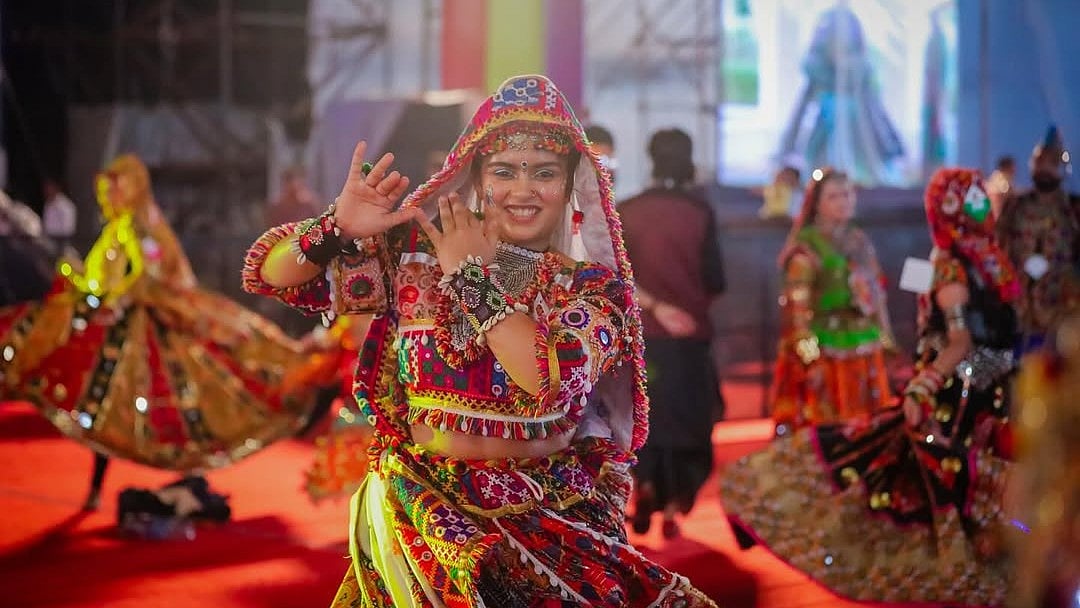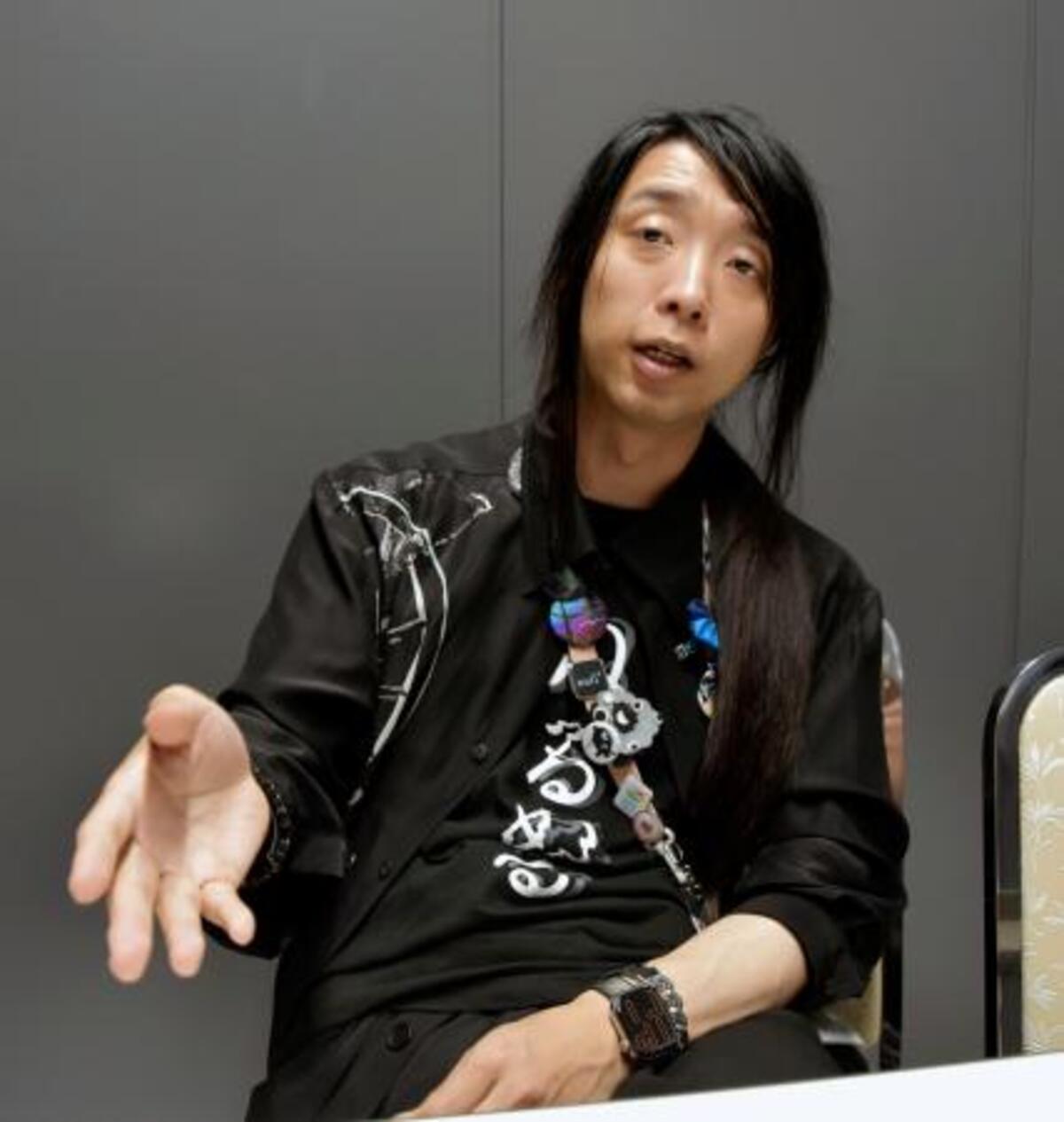Recently, Instagram content creator Devanshi Majumdar shared fascinating insights into the true meaning behind Garba and Dandiya, explaining how these dances go beyond mere celebration to reflect life, death, and rebirth.
### The Spiritual Significance of Garba
Garba is a vibrant community dance from Gujarat, traditionally celebrated during Navratri. However, its significance extends far beyond festive enjoyment. The term “Garba” originates from the Sanskrit word *garbha*, meaning womb. At its core, Garba is a dance of life, spirituality, and cosmic symbolism.
Traditionally, women dance in circles around a clay pot with a lit lamp inside, called a *garbha deep* or “womb lamp.” This lamp represents the human body as a vessel of divinity, with the flame symbolizing the eternal presence of the Goddess (Devi). Even today, many performances place the deity—either as a garbha deep or an image of Goddess Durga—at the center of the circle.
### The Circle of Life, Death, and Rebirth
The circular pattern of Garba holds profound meaning. In Hindu philosophy, time is cyclical, moving through birth, life, death, and rebirth. As dancers move continuously in circles, they embody this eternal flow of life.
At the center remains the Goddess, an unmoving and constant force symbolizing divine energy that persists in an ever-changing universe. This makes Garba not just a celebration, but also a spiritual reminder that while everything around us changes, divinity remains steady and eternal.
### The Difference Between Garba and Dandiya Raas
Though often performed together during Navratri, Dandiya Raas carries a different symbolic meaning than Garba. In Dandiya, dancers use decorated sticks that represent the weapons of Goddess Durga. When participants strike the sticks together, it signifies the victory of good over evil—specifically, Durga’s triumph over the demon Mahishasura.
While Garba celebrates life, divinity, and the cycle of existence, Dandiya embodies the warrior spirit of the Goddess, emphasizing her power to protect and destroy negativity.
### Garba in Today’s Times
Over time, Garba has grown beyond its village roots in Gujarat to become a global cultural phenomenon. From New Jersey to London to Melbourne, communities gather in concentric circles to keep this tradition alive across continents.
Modern Garba often blends traditional rhythms with contemporary beats, yet its essence—honoring feminine divinity and cosmic cycles—remains unchanged.
—
Through its rich symbolism and spiritual depth, Garba continues to connect people worldwide with the timeless cycle of life and the divine feminine energy that sustains it.
https://www.freepressjournal.in/lifestyle/life-death-re-birth-the-true-meaning-of-garba-in-navratri

